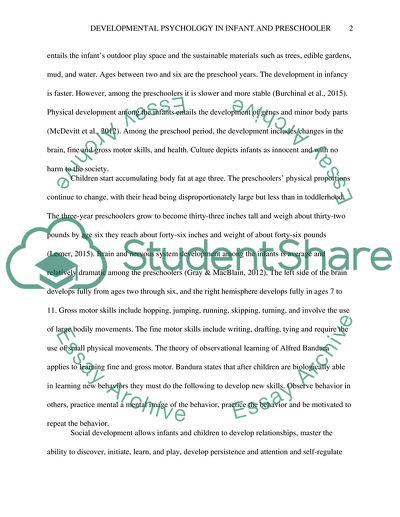Cite this document
(Developmental Psychology in Infant and Preschooler Assignment, n.d.)
Developmental Psychology in Infant and Preschooler Assignment. Retrieved from https://studentshare.org/psychology/1878972-anecdotes-running-records-and-experience-plan
Developmental Psychology in Infant and Preschooler Assignment. Retrieved from https://studentshare.org/psychology/1878972-anecdotes-running-records-and-experience-plan
(Developmental Psychology in Infant and Preschooler Assignment)
Developmental Psychology in Infant and Preschooler Assignment. https://studentshare.org/psychology/1878972-anecdotes-running-records-and-experience-plan.
Developmental Psychology in Infant and Preschooler Assignment. https://studentshare.org/psychology/1878972-anecdotes-running-records-and-experience-plan.
“Developmental Psychology in Infant and Preschooler Assignment”, n.d. https://studentshare.org/psychology/1878972-anecdotes-running-records-and-experience-plan.


